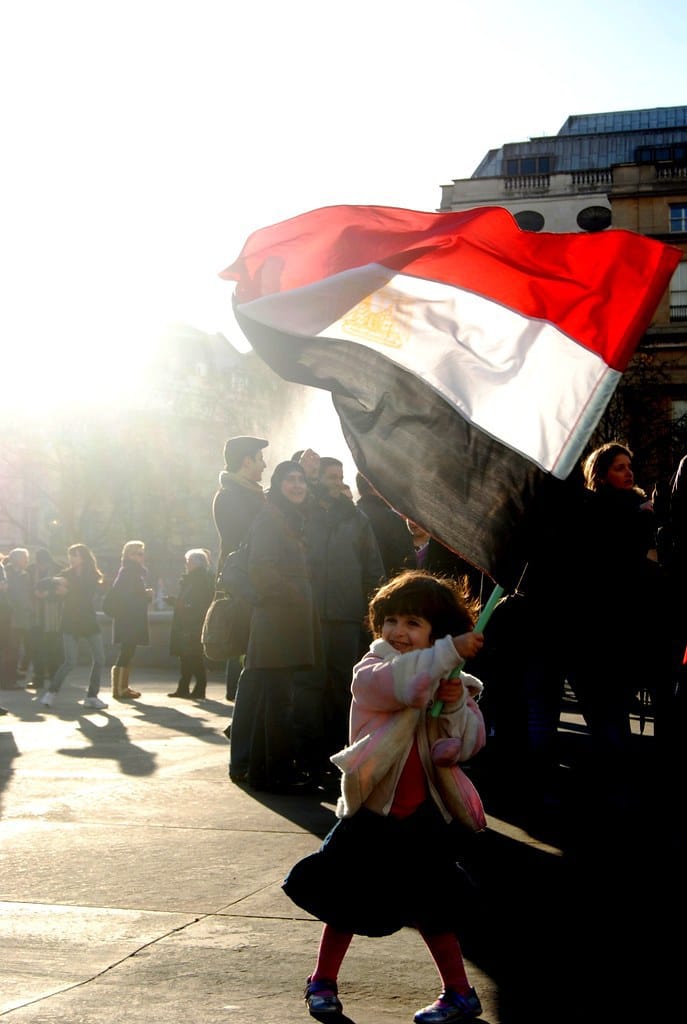10 Years on, did the Arab Spring bring stability to the region?

By Clayton Barrington-Russell, BA Arabic and International Relations
Freedom of speech, the reduction of sky-high unemployment rates and an end to government corruption and political repression. These were the demands of thousands of protestors who, in 2011, took to the streets of the Arab world from the Maghreb to the Gulf. Unfortunately it is clear that ten years later, many of these demands still have not been met.
So what has the so-called ‘Arab Spring’ actually brought to the region?
Democracy
Triggered by the self-immolation of the 26-year-old street vendor Mohamed Bouazizi in the central Tunisian city of Sidi Bouzid, the so-called ‘Jasmine Revolution’ led to the overthrow of President Ben Ali, and the deaths of 338 protestors. Their memory lives on through murals and memorials, and their legacy means that Tunisians can now hold regular democratic elections – the most recent being in 2019.
Despite this, many of the Revolutionaries’ dreams remain unfulfilled. This January’s demonstrations in Tunis are a spitting image of those held almost exactly 10 years ago to the night. Rising unemployment remains as relevant as ever in this small North African nation.
Conflict
While Tunisians now have the right to openly criticise their government, this is not the case for millions on the Mediterranean’s Eastern shores. Despite the resignations of many Syrian politicians, the violent military crackdown on public demonstrations in early 2011 gave rise to the Free Syrian Army – a rebel group aiming to remove President Bashar al-Assad from power. As the Civil War progressed, various Islamist factions such as Daesh and al-Nusra Front established footholds in the East, and Kurdish militias in the North. Daesh were driven out of the cities by US-led coalition airstrikes, however their continued presence threatens to destabilise the region.
It is no secret that the chaos of the Syrian Civil War has had a devastating impact on the entire region. After approximately half a million deaths, the anti-government sentiment within Syria still remains strong. Recent demonstrations in the government-controlled Southern town of Suweida show that in spite of the merciless annihilation of his political opponents, Syrians are still not afraid to voice their discontent toward al-Assad’s regime. Assad may be close to winning the war on the ground, but he has definitely not won over Syrian hearts. The momentum of the Syrian Revolution relentlessly continues.
Instability
Whilst the ghosts of revolution still haunt Syria, the momentum of the Egyptian uprising was crushed just two years afterward. Despite the initial violent responses taken by the government, millions packed the streets of Cairo in February 2011 demanding the resignation of President Mubarak. This was ultimately successful, but Mohamed Morsi – the winner of the resulting democratic elections – was ousted in 2013 by the Egyptian Army.
In the words of Professor Gilbert Achar, a renowned regional specialist in Middle Eastern Politics, ‘Euphoria gave way to pessimism as many quarters declared the dreams of the “Arab Spring” to be dead.’ The subsequent instability caused by the coup continues to this day. Calls for current President Sisi to step down grow by the year, while the current instability of the Sinai insurgency threatens to further deepen the religious divisions within Egyptian society.
‘These protests… provided much-needed hope to millions across the region’
Unity
In spite of the bloodshed, the speed at which these protests gained momentum undeniably provided much-needed hope to millions across the region. United, Tunisians had disposed of their authoritarian regime, and, despite the ensuing violence, Egyptians held their first elections with more than two candidates. Drawing inspiration and then condemnation from all over the world, this form of united resistance had not been seen in the region for generations.
During the past decade, anti-government protests have been ever-present throughout the Arab World, from the initial revolutionary uprisings in Tunisia to the bloody civil wars in Libya, Yemen and Syria. The uniting force of this revolutionary protest has demonstrated that it is here to stay, and in the last few years many smaller demonstrations have taken place within specific regions, such as the Hirak Rif movement of Northern Morocco.
Furthermore, the Arab Spring’s momentum and anticipation of change proved influential outside the Middle East, inspiring the Tuareg Rebellion in Mali and protests as far away as the Maldives. One thing is for certain – we have not seen the last of mass protests across North Africa and the Middle East.
Photo caption: A young child waving the Egyptian flag in 2011 to celebrate the Arab Spring (Credit: Shawn Hayward, Flickr).


